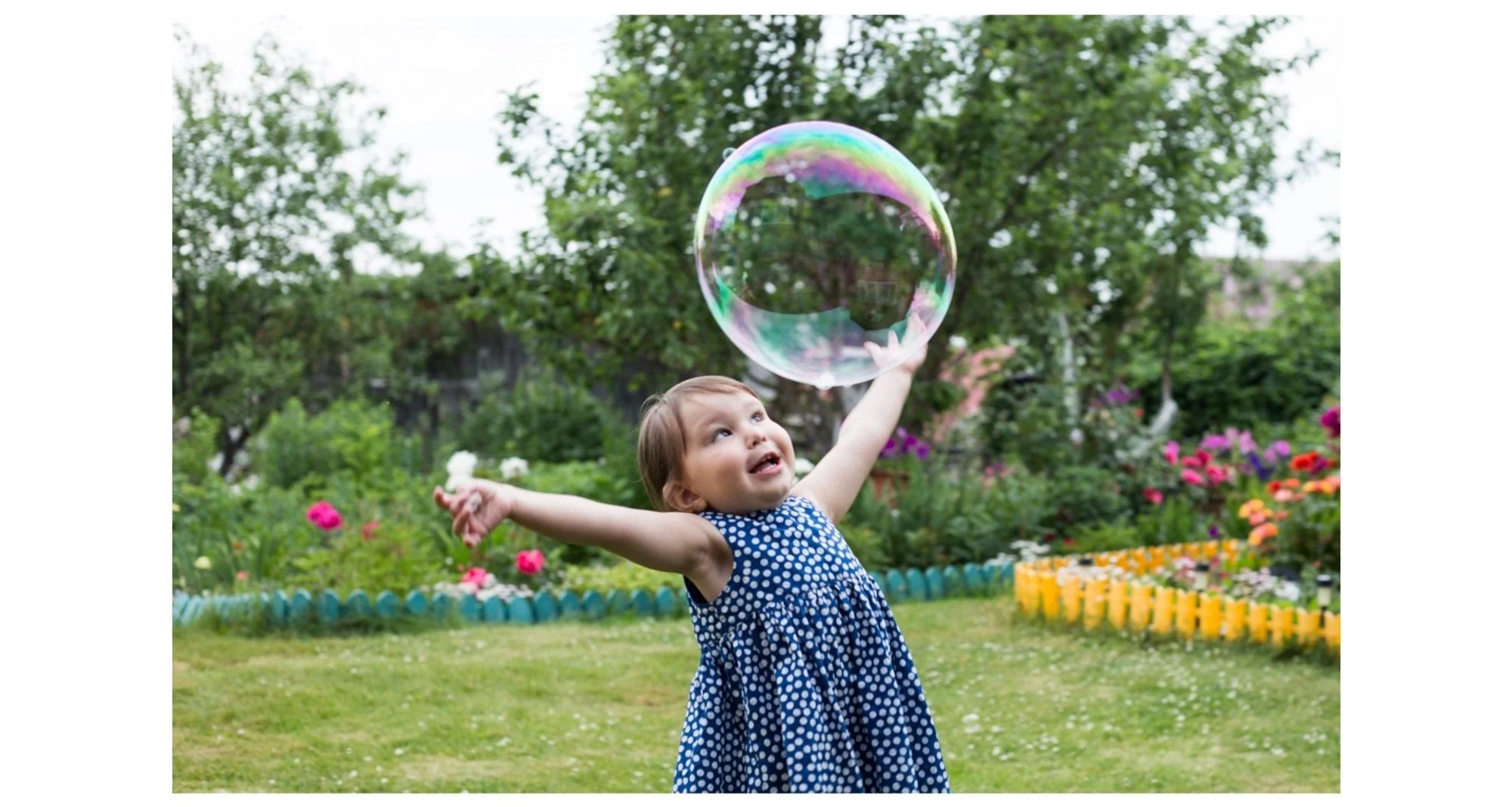From Naming to Describing: Teaching Adjectives at Home
Once your child begins to name people, places, and things (nouns), the next step in growing their language is learning how to describe those nouns.
This is where adjectives, describing words, come in.
Adjectives help children add detail, compare objects, and share what they see, feel, and think.
In this post, we’ll break down what adjectives are, why they matter, and how you can help your child learn them during everyday routines.
What Are Adjectives?
Adjectives are words that describe nouns. They tell us what something looks like, feels like, or how it behaves.
Examples of adjectives:
Colors: red, blue, green
Sizes: big, small, tiny
Shapes: round, square
Textures: soft, hard, rough
Feelings: happy, sad, silly
When children begin using adjectives, they add length and meaning to what they can say.
“loud lion”
“old shoes”
“little pumpkin”
Picture Cards. Also available on Teachers Pay Teachers.
Why Are Adjectives Important?
Learning to describe helps children:
Add detail to their ideas
Compare and sort objects
Answer and ask questions (e.g., “Which one?” “What kind?”)
Expand their vocabulary
Use longer utterances
Describing is also a key skill for school readiness, storytelling, and early literacy.
How to Teach Adjectives at Home
During Play:
“You have the big truck.”
“Let’s build a tall tower.”
“This block is blue.”
During Daily Routines
“Put on your soft pajamas.”
“Let’s eat cheese with the round crackers.”
“Here’s your little spoon.”
Out and About
“What a bright sun!”
“Look at that fast car!”
“This bag is heavy.”
During Bedtime Stories
“Look at the fluffy bunny.”
“That’s a sad dog.”
“This teddy bear is soft.”
Book Suggestions
Books for Colors, Size, and Texture
Brown Bear, Brown Bear, What Do You See? by Bill Martin Jr. & Eric Carle
Great for colors and animals, “red bird,” “blue horse.”A Color of His Own by Leo Lionni
Explore color changes and descriptions like green, yellow, and spotty.Big Bug by Henry Cole
Simple opposites like big/small, long/short, perfect for toddler speech and early adjectives.Touch and Feel Series (DK or Scholastic)
Great for modeling texture words: rough, smooth, soft, bumpy, fuzzy.
Books for Emotions
Glad Monster, Sad Monster by Ed Emberley & Anne Miranda
Perfect for labeling emotions with adjectives like happy, sad, silly, scared.Grumpy Monkey by Suzanne Lang
Talk about feelings and emotional adjectives, grumpy, mad, frustrated, calm.Today I Feel... by Madalena Moniz
Alphabet of emotions, each page shows a feeling word like anxious, brave, curious.
Books for Opposites
Opposites by Sandra Boynton
Simple text with pairs like big/little, fast/slow, clean/messy.Yummy Yucky by Leslie Patricelli
Descriptive and silly, “ice cream is yummy, soap is yucky.” Helps teach food related adjectives.
Books for Descriptions
Eating the Alphabet by Lois Ehlert
Teaches fruits and veggies with descriptive opportunities: crunchy carrot, green grapes.Chicka Chicka Boom Boom by Bill Martin Jr. & John Archambault
Use it to describe size, colors, and feelings (“silly letters,” “tired letters”).A Color of His Own by Leo Lionni
Explore color changes and descriptions like green, yellow, and spotty.The Very Hungry Caterpillar by Eric Carle
Teaches quantity words (one apple, two pears) and size progression.
Looking for more ways to expand sentences? Try adding action verbs.



